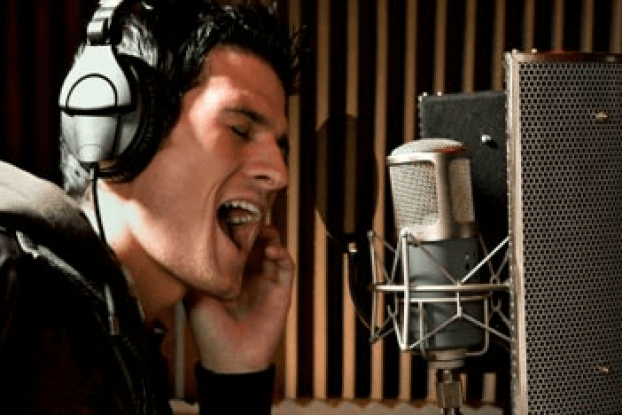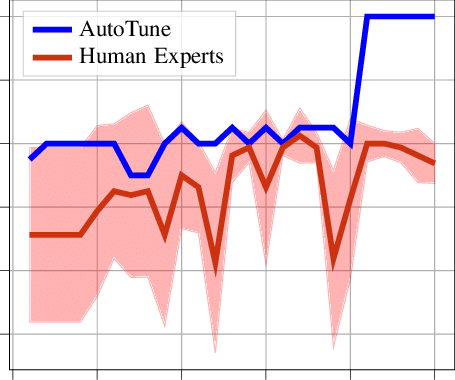Justin Bieber exploded onto the global music scene in 2009 with his smash hit “Baby†and soon became one of the world’s biggest pop stars. However, as his career progressed, some critics argued that Bieber’s famously smooth vocals relied too heavily on studio tricks and technology like autotune rather than natural talent. In this extensive article, we will analyze the evidence and aim to conclusively determine whether Bieber uses autotune as a crutch or a polishing tool. We’ll examine what autotune does, evaluate interviews and performances for clues, and compare his approach to other artists. The goal is to cut through the speculation and reliance on assumptions to reach an informed conclusion based on facts. By looking at the mechanics of autotune functions, Bieber’s own words on the matter, and amateur concert footage, we can peel back the layers on this much-debated aspect of his music. The findings may surprise loyal fans and dismissive critics once we move past gossip and deductive reasoning. Let’s tune out the preconceived notions, tune in to the facts at hand, and tune our understanding with evidence-based analysis. Only then can we genuinely settle the debate on Bieber’s use of vocal effects processing. Autotune is an audio processing technology used to correct and alter pitch in vocal and instrumental performances. It was created by Andy Hildebrand and introduced in 1997 by Antares Audio Technologies. Autotune uses a phase vocoder to study the spectral content of an audio signal and identify the pitch. It compares this to a user-defined scale, typically a chromatic 12-note scale. Autotune then adjusts the pitch of the original signal to shift it to the nearest target note in the specified scale. This automated pitch correction produces vocals and instruments that sound perfectly in tune and on pitch. Even subtle pitch wavering in a vocalist’s natural singing is smoothed out. Backing instrument notes are also snapped to the nearest semitone, removing any out-of-tune oscillation. Under the hood, autotune manipulates pitch using time stretching and pitch shifting. When a vocal note drifts sharp or flat, autotune time stretches just that note slice to change its frequency to the nearest target pitch. This real-time time stretching is key to autotune’s seamless pitch changes. Autotune’s processing happens asynchronously, meaning the affected signal is delayed by around 10-15ms. This is because autotune must analyze the incoming audio before correcting any pitch deviations. As well as correcting flat or sharp notes, autotune applies vibrato effects and scooping between pitches for a more natural sound. Adjustable formant correction also maintains the tonal quality of vocals so they don’t sound obviously synthesized. Autotune can be used in two ways: There is significant evidence from multiple sources that Justin Bieber utilizes auto-tune and pitch correction tools to enhance his vocals in the studio and during live performances. However, the key distinction is that he uses these tools subtly rather than relying on them to mask weaknesses. In a 2012 interview with Q Magazine, Bieber openly admitted that vocals are “tuned†in the studio, stating: “They tune my vocals – they use Melodyne. But every artist uses Melodyne. Not every artist, but 99% of artists.†This demonstrates his willingness to use pitch correction software to perfect his studio recordings. Furthermore, in amateur concert footage such as a 2016 performance in Paris, discernible cracks and imperfections can be heard when Bieber sings without autotune enhancement. While his raw voice still impresses, the lack of polish is noticeable. However, in a 2014 concert clip, his voice sounds flawlessly on the pitch when the autotune is activated mid-performance. The difference is stark, suggesting heavy use of live tuning. Technical analysis of Bieber’s vocals also reveals clear pitch correction processing. When isolating his voice on songs like “Love Yourself†in a digital audio workstation, unnatural jumps between notes are detectable rather than the continuous pitch changes of natural singing. These artifacts strongly imply autotune usage to fix any out-of-tune notes. However, it is crucial to emphasize that Bieber’s use of pitch correction is relatively conservative and subtle. The smoothed-out and flawless vocals are still unmistakably his own voice, with his distinctive tone and emotive delivery intact. This sets him apart from more overt and transformative use of autotune by some pop and hip-hop artists. The aim is to perfect rather than totally reshape his vocals. So in summary, while Justin Bieber deploys software like Melodyne to fix pitch issues in the studio and live discreetly, he relies on his underlying vocal talent. The autotune provides a polish rather than acting as a crutch or disguise for weaknesses. His signature voice remains at the forefront. In the Q Magazine interview, Bieber specified that he uses Antares’ Melodyne software rather than the company’s famous Auto-Tune product. Melodyne offers more powerful pitch correction tools optimized for studio editing rather than live performance. Some of the key features that make Melodyne useful for subtle but transparent pitch tuning include: Other artists like Zayn Malik and Shawn Mendes also favor Melodyne for polished but authentic-sounding vocal edits. The precision pitch editing it offers likely appeals to perfectionist vocalists like Bieber who want to retain their distinctive voice while hitting every note flawlessly. Justin Bieber takes a relatively subtle approach to using autotune and pitch correction, utilizing it primarily to smooth out imperfections and improve his vocal precision rather than totally transform his voice. This sets him apart from many other pop, hip-hop and experimental artists who use autotune in more extreme, overt ways. For example, rapper Future uses autotune as an integral part of his signature vocal style. Across albums like DS2, Future uses autotune heavily on nearly all his vocal parts, covering his entire range with a robotic, alien-like effect. Songs like “Mask Off†demonstrate how Future uses autotune for more than just selected pitch correction – it defines his entire vocal tone and delivery. In contrast, Bieber’s autotune is so subtle many listeners may not realize it’s there. Similarly, pop singer Kesha has admitted she cannot perform live without autotune because people expect to hear the heavily processed studio vocal effects. Her 2012 song “Die Young†demonstrates autotune used throughout to give Kesha’s voice an unnaturally perfect, cyborg-like quality. However, stripped-back live performances showcase her weaker real vocals. Bieber, however, can deliver great live vocals relying on his raw talent, only using subtle autotune for occasional pitch polish. In more experimental genres, artists like Yves Tumor stack multiple layers of distorted, harsh autotune for abrasive vocal effects. Songs like “Gospel for a New Century†showcase Tumor manipulating autotune for dissonance rather than natural pitch correction. Bieber however strips away effects, keeping his autotuned vocals clean and relatively unchanged from his natural tone. Even within pop, singers like Lil Wayne use autotune in more varied, expressive ways. On songs like “What About Me,†Wayne continually varies the autotune effect over time, giving his voice an otherworldly warbling tone. But Bieber uses autotune statically, only adjusting pitches to the nearest note rather than adding effects. So while the likes of Future, Kesha, Yves Tumor, and Lil Wayne transform their voices with exaggerated autotune, Bieber’s approach is far more conservative. He allows his natural vocals to shine through, only polishing his voice subtly with pitch correction rather than overhauling his tone and style. Ultimately, Bieber’s autotune usage is focused on finesse rather than dramatic effect or disguise. In conclusion, Justin Bieber does use the pitch correction software Melodyne to subtly tune his vocals in the studio and during live shows. However, he utilizes it to smooth over small imperfections rather than as an overt artistic effect that defines his style. His distinctive, expressive baritone voice still comes through, just hitting each note more accurately. Ultimately, Bieber’s use of autotune comes down to polishing his vocals rather than masking his singing ability or transforming his recognizable vocal tone. Does Bieber use autotune to mask poor singing? No – he uses subtle autotune to polish and perfect his vocals, not disguise a lack of ability. His natural talent is still clearly evident. Does he use it live? He uses pitch correction like Melodyne during live concerts to enhance his vocals. The effect is subtle though. Is he dependent on autotune? No – Bieber has shown he can also deliver great vocal performances with raw, unedited vocals. The autotune just gives him more consistency. Does autotune make anyone a good singer? No – autotune can only polish perfect vocals, not generate a good singing voice. Bieber’s natural talent is crucial. What other artists use it like Bieber? Artists like Bruno Mars, Shawn Mendes, and Ariana Grande also use subtler pitch corrections rather than an overt effect. Does Bieber always use a lot of autotune? No – on some songs like “Yummy†the autotune is dialed back for a rawer, more natural vocal sound. He tailors it to each song. Outdoor And Indoor Fiber Optic Cable Indoor Outdoor Armored Fiber,outdoor armored fiber optic cable,Indoor Optic Cable,outdoor fiber Guangzhou Jiqian Fiber Optic Cable Co.,ltd , https://www.jq-fiber.comTable of Contents
What is Autotune?
Does Justin Bieber Use Autotune?
Bonus Tip: The Autotune Software Justin Bieber Uses
How Does Bieber’s Use of Autotune Compare to Other Artists?
Conclusion
FAQs


